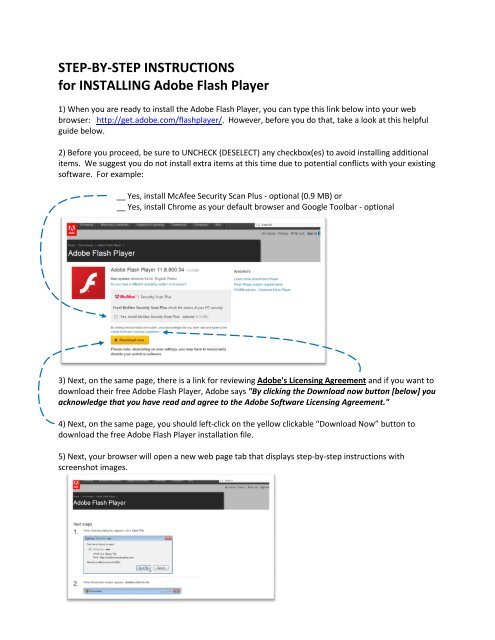
This trend seems to continue, as support for proprietary plugins like Flash or Silverlight are continuously limited by browser vendors. Global players, such as YouTube and Netflix have already switched to a HTML5 first approach for their video streaming platforms due to the benefits of HTML5 based streaming.

Using HTML5 based Streaming in Web Applications More information about Google’s HTML5 by Default initiative, can be found at a recent post in the Chromium-dev group. However, to avoid “over-prompting” of users, the top 10 domains using Flash will be whitelisted by default.
#Google flash player download download#
Redirects to Adobe’s download page will be intercepted and also lead to the aforementioned prompt. On websites which truly require Flash, a prompt will appear – the user can then decide about the usage of Flash Player. This means that although Flash Player will be shipped within Google’s Chrome browser, the presence will not be indicated by default. They justify this step with faster load times, lower power consumption and a “more integrated media experience” – and we at Bitmovin truly agree! Google recently announced, that Navigator.Plugins() and Navigator.MimeTypes() will only report the presence of Flash Player if the user has indicated that the domain should execute Flash, or if the site is in one of the Top 10 domains using Flash. Google’s move to stop reporting the presence of Flash Player in it’s Chrome browser further reinforces this position and takes the internet one step closer to a standardized approach to video. It is well known that any modern Web based media streaming technology should default to using HTML5 over Flash Players.

By the end of this year Chrome will begin ignoring Flash as Google takes another step towards removing the “final Plugin” by replacing Flash with HTML5.


 0 kommentar(er)
0 kommentar(er)
